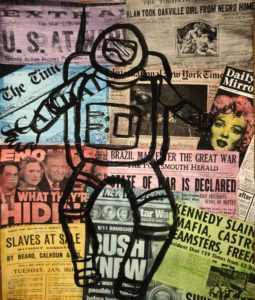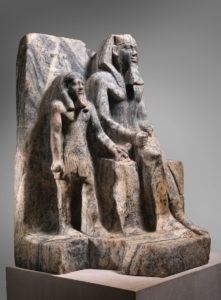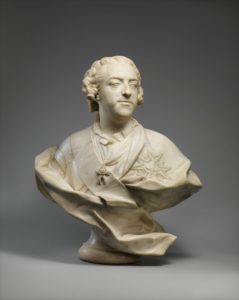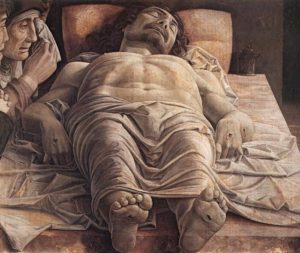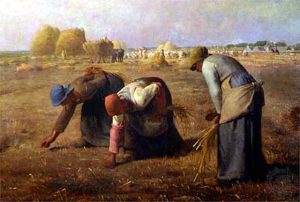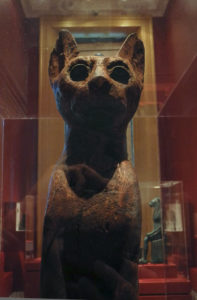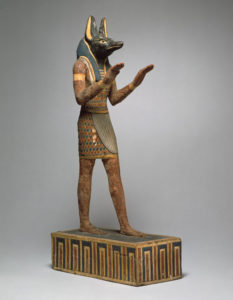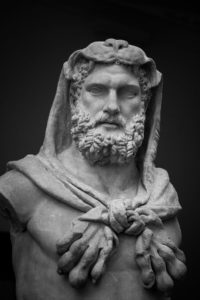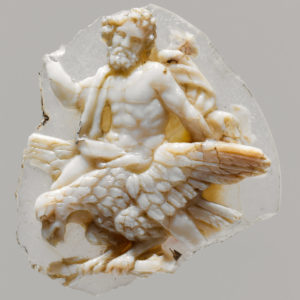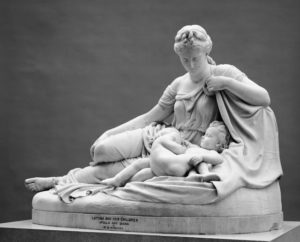Final Project- Creative Project
For my creative project, I have decided to make a piece inspired by the abstract expressionist artist, Jackson Pollock. Jackson Pollock was known for his drip paint style pieces that at first glance may just seem like random splatter on canvas, but in reality, these pieces were so much more. The movement was a direct result of the Post-World War 2 world where the world was somehow even more unstable than before.According to the Museum of Modern art, the abstract expressionist movement was born in the 1950s when “the spirit of optimism had morphed into a potent mix of power and paranoia,” this due to the Cold War and fear of communism spread by the McCarthy hearings (Abstract Expressionism, Museum of Modern Art). Like I stated before, these paintings are so much more because they belong to a movement in which there is a “direct relation to the artist’s emotions, expression, and mood, and showcased their feeling behind the pieces they designed” (Jackson Pollock and his Paintings, Jackson-pollock.org). This personal connection to the painting also allowed for artists to be non- objective and explore new unorthodox techniques to fulfill their emotional needs rather than to make a painting with a specific audience (other than themselves) in mind. Along with the emotional connections formed by the artist and their canvas, there are also technical aspects that make a painting an abstract expressionism piece such as “physical engagement with his materials welcomed gravity, velocity, and improvisation into the artistic process,” ensuring the current feelings of the artist are correctly translated into the canvas (Jackson Pollock, Museum of Modern Art).

My creative Project
At first, while researching Jackson Pollock and abstract expressionism I believed that creating my painting would be easy and effortless, but I was wrong. Many factors went into creating a piece that I was satisfied with including materials, colors, color combination, texture, and the use of negative space. In the beginning, I had to choose between using paint, nail polish, oil pastels, or crayons, and finally chose crayon. I had chosen Crayon because abstract expressionism artists used unconventional materials, Pollock using house paint, and I had believed that crayons and a blow dryer were unconventional materials. The use of crayon in my piece would also add some texture to it. After choosing crayons, I tested how melting crayon would react on paper and to my surprise, they actually did go together. I also learned to create the piece I wanted to create I had to control the crayon’s splatter as much as possible by positioning the crayon and blow dryer at a perfect angle and distance from the paper. On my first version, I melted the crayons one by one but it proved ineffective as the melting the crayon would also start to melt the already dried wax on the paper. On my second try, I chose a different color from the first failed piece of yellow, dandelion, orange, and green to pink, orange, and red. My second piece (first successful piece) was completed, but I was unsatisfied with the end result and the abundance of white negative space. My third and present version was like its second version, completely different from its predecessor, the paper was now painted completely in a darker and grayer Blue, the crayon colors where now black, dark purple, white, and gray, and the direction the crayons were melted was in a clockwise direction instead of diagonally towards the top left corner. My third version was my best one because I was able to add more elements that made the piece more well-rounded as well as staying true to the origins of the abstract expressionist and Jackson Pollock painting by connecting with my canvas and capture my state of mind and feeling (mostly fear and anxiety) into the piece.
Works cited
“Abstract Expressionism”, Museum of Modern Art, https://www.moma.org/learn/moma_learning/themes/abstract-expressionism/
“Jackson Pollock and his Paintings”, Jackson Pollock
Biography, Paintings, and Quotes, https://www.jackson-pollock.org/
“Jackson Pollock”, Museum of Modern Art, https://www.moma.org/artists/4675
“Abstract Expressionism”, The Metropolitan Museum of Art, https://www.metmuseum.org/toah/hd/abex/hd_abex.htm
“Abstract Expressionism”, The Art Story Modern Art Insight, https://www.theartstory.org/movement-abstract-expressionism.htm


